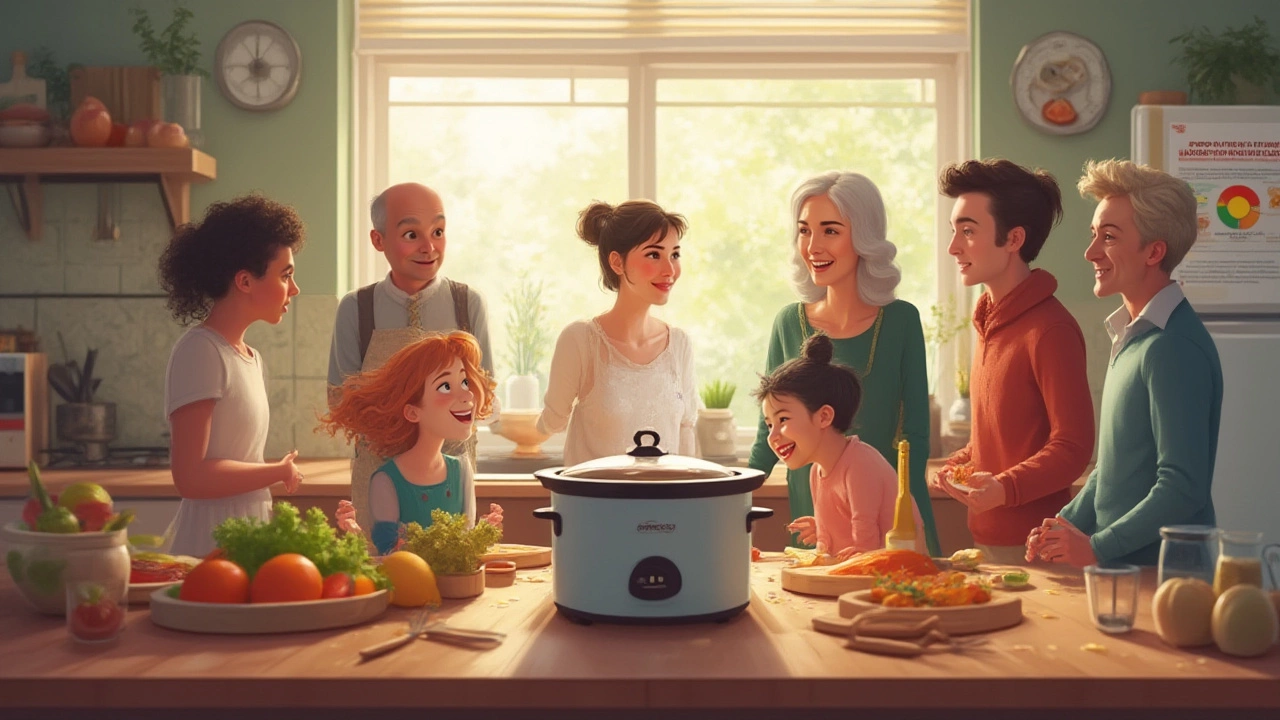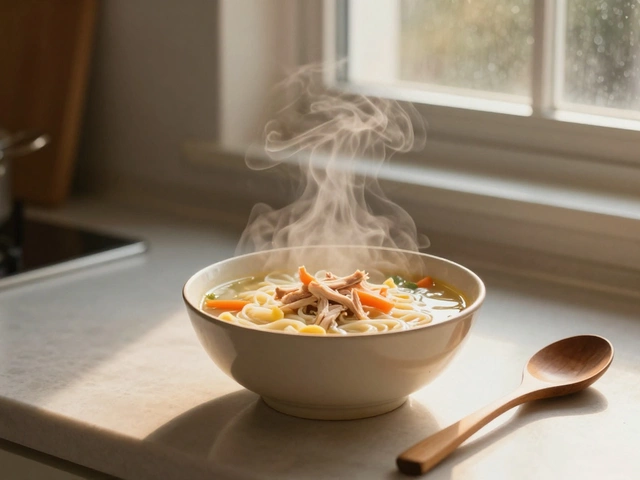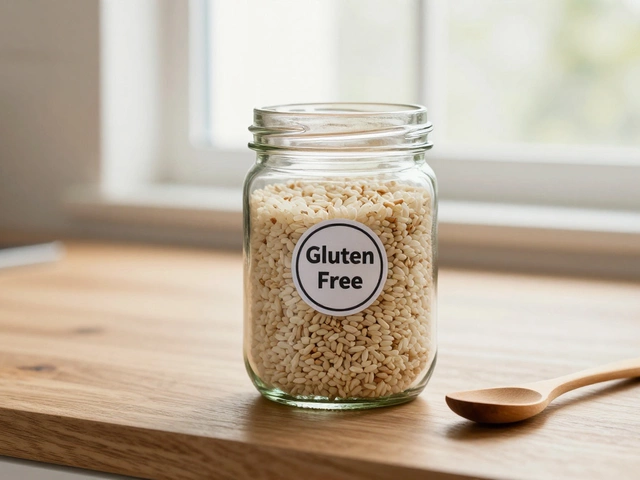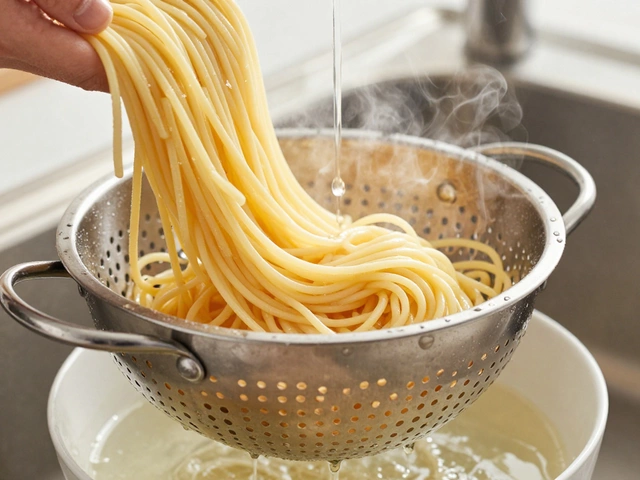Food Safety Temperatures: Your Everyday Kitchen Cheat Sheet
Ever wondered why that chicken recipe says "cook to 165°F"? It’s not just a random number – it’s the point where harmful bacteria die. Knowing the right temps for cooking, chilling, and reheating can stop food‑borne illness before it starts.
Cooking Temperatures You Should Never Miss
Grab a meat thermometer and keep it handy. Here’s the quick list:
- Poultry (chicken, turkey, duck): 165°F (74°C) – whole or pieces.
- Ground meats (beef, pork, lamb, veal): 160°F (71°C) – ground spreads bacteria throughout.
- Whole cuts of beef, pork, lamb: 145°F (63°C) with a 3‑minute rest – that rest kills leftovers.
- Egg dishes (quiches, casseroles): 160°F (71°C) – make sure the center is hot.
- Leftovers and reheated foods: 165°F (74°C) – bring everything up to that level.
Stick the probe into the thickest part, avoid bone, and read the display. No need to guess; the thermometer does the work.
Keeping Cold Food Cold: Fridge and Freezer Rules
Cold storage matters just as much as hot cooking. Your fridge should stay at or below 40°F (4°C). Anything above that can let bacteria multiply fast. Check the temperature with a simple fridge thermometer – the cheap ones are fine.
Freezers belong at 0°F (‑18°C) or colder. If you notice ice crystals forming on food, it’s a sign the freezer is fluctuating. When you’re buying meat, keep it in a cooler if you won’t get home within two hours.
When you’re defrosting, avoid the countertop. Use one of these safe methods:
- Cold water bath – change water every 30 minutes.
- Microwave – cook immediately after thawing.
- Refrigerator – plan ahead; it takes a day for a large roast.
Never refreeze meat that’s been left out at room temperature for more than two hours.
By sticking to these temperature checkpoints, you’ll cut down the risk of salmonella, E. coli, and other nasty bugs. It’s simple, low‑effort, and keeps your family safe.
Next time you’re in the kitchen, pull out the thermometer, set your fridge right, and remember the “165°F rule.” Your meals will taste great, and you’ll have peace of mind knowing they’re safe.

Crockpot Danger Zone: Safe Temperatures and Food Safety Tips
by Landon Weathers / 11 Jul 2025Worried about food safety while using your Crockpot? Learn what the 'danger zone' really means, how to avoid it, and expert tips to keep your slow cooker meals both delicious and safe for your family.




